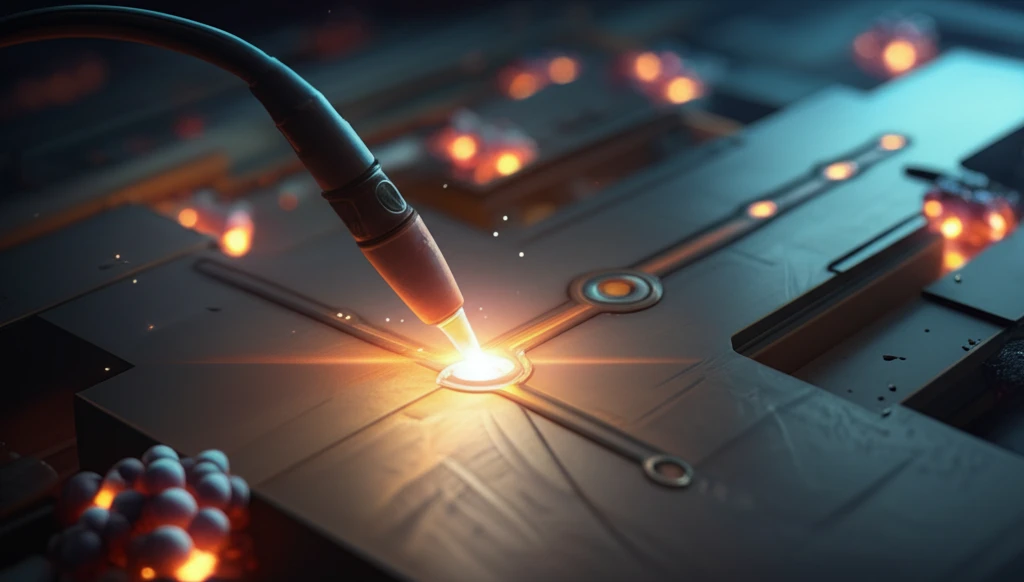
Beyond the Basics: Mastering TIG Welding-Brazing for Stronger, Smarter Joints
"Unlock the secrets of joining titanium and aluminum with advanced welding techniques, enhanced by zinc: A guide for modern metalwork."
In the world of metal joining, the quest for stronger, more reliable connections is constant. Traditional methods often fall short when dealing with dissimilar metals like titanium and aluminum, notorious for forming brittle intermetallic compounds (IMCs) that compromise joint integrity. But what if there was a way to sidestep these challenges and create bonds that not only hold but also stand the test of time?
Enter TIG (Tungsten Inert Gas) welding-brazing, a technique that's gaining traction for its ability to create robust joints between challenging materials. When coupled with the strategic use of zinc, this method offers a pathway to enhanced spreadability, reduced IMC formation, and ultimately, superior joint performance. This article dives deep into the mechanics of this innovative approach, revealing how you can master TIG welding-brazing to achieve exceptional results.
Whether you're a seasoned professional or a curious newcomer, understanding the nuances of TIG welding-brazing with zinc can unlock new possibilities in your metalwork. We'll explore the critical parameters, examine the microstructural transformations, and provide actionable insights to help you create smarter, stronger joints.
The Science of Strong Joints: TIG Welding-Brazing Explained

TIG welding-brazing is a hybrid process that combines the precision of TIG welding with the lower temperature benefits of brazing. Unlike traditional welding, where the base metals are melted and fused, brazing involves using a filler metal with a lower melting point to create a bond without melting the base materials. This is particularly advantageous when joining dissimilar metals like titanium (Ti6Al4V) and aluminum (Al5052), where minimizing the heat input is crucial to prevent excessive IMC formation.
- Improved Wetting: Zinc lowers the surface tension, allowing the filler metal to spread more easily.
- Reduced IMCs: By controlling heat input and promoting even distribution of elements, zinc helps limit the formation of brittle intermetallic compounds.
- Enhanced Strength: The result is a joint with improved tensile-shear strength and overall durability.
Mastering the Art: Practical Tips for TIG Welding-Brazing with Zinc
TIG welding-brazing with zinc is a powerful technique for joining titanium and aluminum, offering improved strength, durability, and reliability. By understanding the underlying science and carefully controlling the process parameters, you can unlock new possibilities in your metalwork and create superior joints that stand the test of time. Experiment, refine your approach, and embrace the potential of this innovative method.
